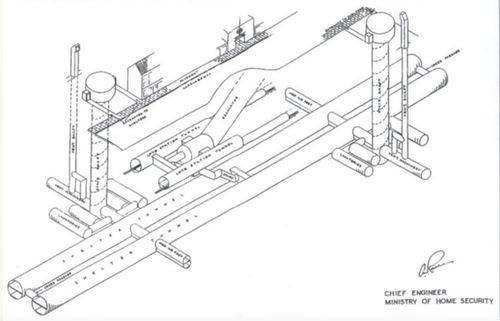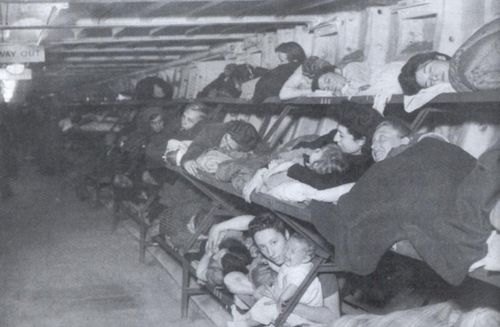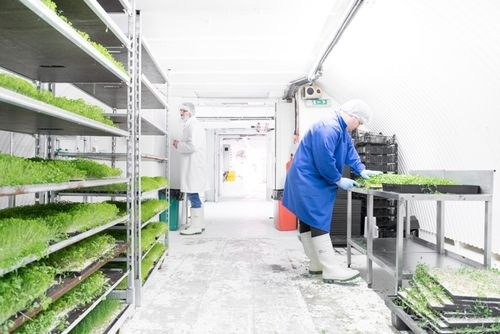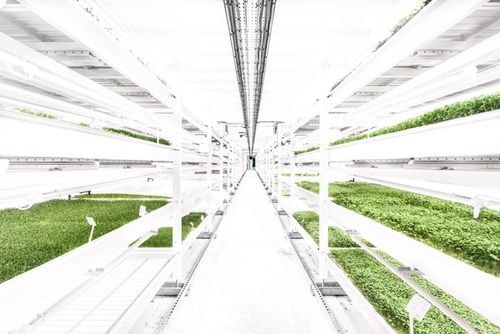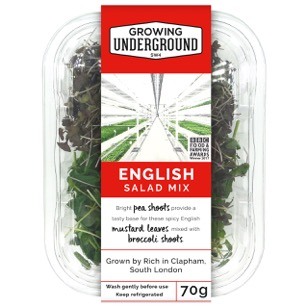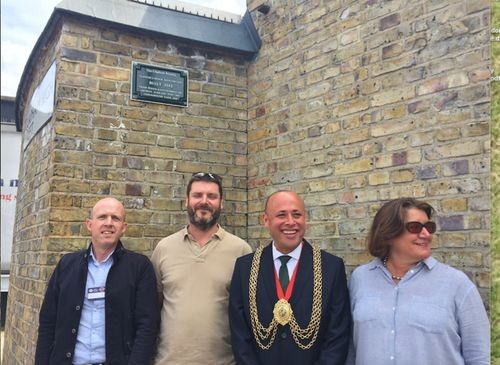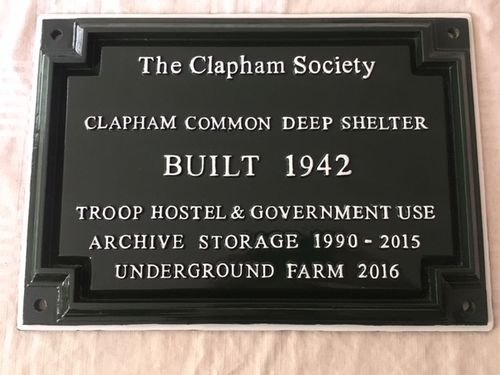The Clapham Society Green Plaques
12. Clapham Common Deep Shelter
Pictures relating to this history are at the foot of the page
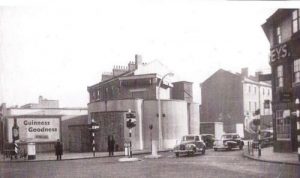
With the rise to power of Adolf Hitler in 1933 and the resulting rearmament of Germany there was a gradual realisation that war was inevitable and in 1937 the Government passed the Air Raid Precautions (ARP) Act which compelled local authorities to prepare plans for the protection of citizens in the event of attacks from the air. Most authorities responded to this by providing gas masks and domestic shelters such as the Anderson shelter. However, there was some pressure for a more elaborate system of deep shelters. This was partly as a result of experience of aerial bombardment during the Spanish Civil War when the tunnels below the streets of Barcelona had provided good protection.
The Government was unenthusiastic – partly on the grounds of cost and also in the belief that people might stay in the shelters when the raids had ceased. It was reluctant even to allow shelterers to use the existing underground stations. However, during the Blitz bombing of London on 8 September 1940, a large crowd broke through the locked gates at Liverpool Street Station and took refuge on the platforms. The next day the Minister for Home Security solemnly announced that the Government had reconsidered the matter of the underground being used as shelters.
The Ministry now commissioned a report from engineers on the options available for deep shelters and consulted with the London Passenger Transport Board (LPTB), forerunner of Transport for London (TfL). The eventual decision was to build the deep shelters beneath the train running tunnels and linked to existing underground stations. The idea, never realised, was that the deep shelter tunnels could be joined up after the war to provide a new express railway parallel to the Northern Line. An ingenious scheme to get part of the line built at Government expense.
On 20 November 1940, LPTB set out firm plans. There would be five sites south of the river – at Clapham South, Clapham Common, Clapham North, Stockwell and Oval – and five to the north. The shelters would have twin parallel tunnels 16’6’’ (5 metres) in diameter and 400 yards long (365 metres) divided into two decks that would accommodate 8000 people in bunks. Entrance would be through two portals, one at each end. The ones at Clapham Common are at Carpenters Place and the junction of Clapham High Street and Clapham Park Road – the latter is where the plaque is situated.Access to the shelter, which is below the Northern Line, is via a spiral staircase of 180 steps. There is also a small lift which could be used for the elderly.
The deep shelter at Clapham Common Station was complete by the end of October 1942, but by this time the Blitz was over and its original purpose had been superseded. However, it was used as a hostel for American troops in 1943 and in February 1944, it was decided to adapt it as reserve citadel accommodation for key Government staff. Some of the sleeping accommodation was converted to offices and the deep level telephone cable that ran through the Northern Line tunnels was diverted and an extensive system of teleprinters, telephones and other telecommunications equipment installed by 30 April 1944. The War Office took a shine to the quarters and had half of them earmarked for its own use. However, by 3 May 1945, it was unoccupied and was transferred from the Ministry of Home Security to the Ministry of Works. It was used by the Admiralty and the Principal Probate Office for the storage of records and was closed completely on 3 October 1952.
All remained quiet in the shelter for over 50 years until the next phase of its life began.
Richard Ballard, who was in his thirties, decided to do a film degree in London. His final production was a film on underground spaces and in collaboration with childhood friend Steven Dring he used this knowledge and his passion for sustainability to come up with the idea for Growing Underground. The business, which started in 2012, uses the former shelter as a hydroponic farm. It provides a perfectly controlled growing environment allowing the production of flavour packed leaves all the year round. The sustainable, hydroponic and LED technology uses 70% less water than open field farming and is also pesticide free. Due to the central location beneath Clapham High Street it is also able to limit food miles.
The seeds are sown by hand onto a recycled carpet material and then taken to a dark propagation room where they germinate for a few days. After this they are taken into the farm area and put under the LED lighting. The system automatically irrigates the seed and the lighting is also automatic. The lights come on during the night when the electricity is cheaper. After an average of 10 days, when the microherbs are ready, they are harvested using a long kebab knife to slice through the crop. Fennel, coriander, garlic chive, salad rocket, pea shoots, broccoli, red mustard, wasabi mustard, pink stem radish and purple radish are currently grown. The salads are packed and delivered the same day or next day. They can be found in Marks & Spencer, Whole Foods Market, Ocado, Farmdrop, Planet Organic and Waitrose. Growing Underground also supply restaurants and wholesalers via the New Covent Garden Market.
A space built to protect us from war has a new use feeding us in peace.
On 15 June 2018 a Clapham Society Green Plaque was unveiled on the Clapham High Street/Clapham Park Road shaft of the Clapham Common Deep Shelter by Richard Ballard, co-founder of Growing Underground. The ceremony was attended by Councillor Christopher Wellbelove, Mayor of Lambeth, Chris Nix of TfL and members of the Society. A short reception was held afterwards at the Bellevue bar opposite the site.
Please wait for the gallery to load (11 pictures), it may take several seconds.
